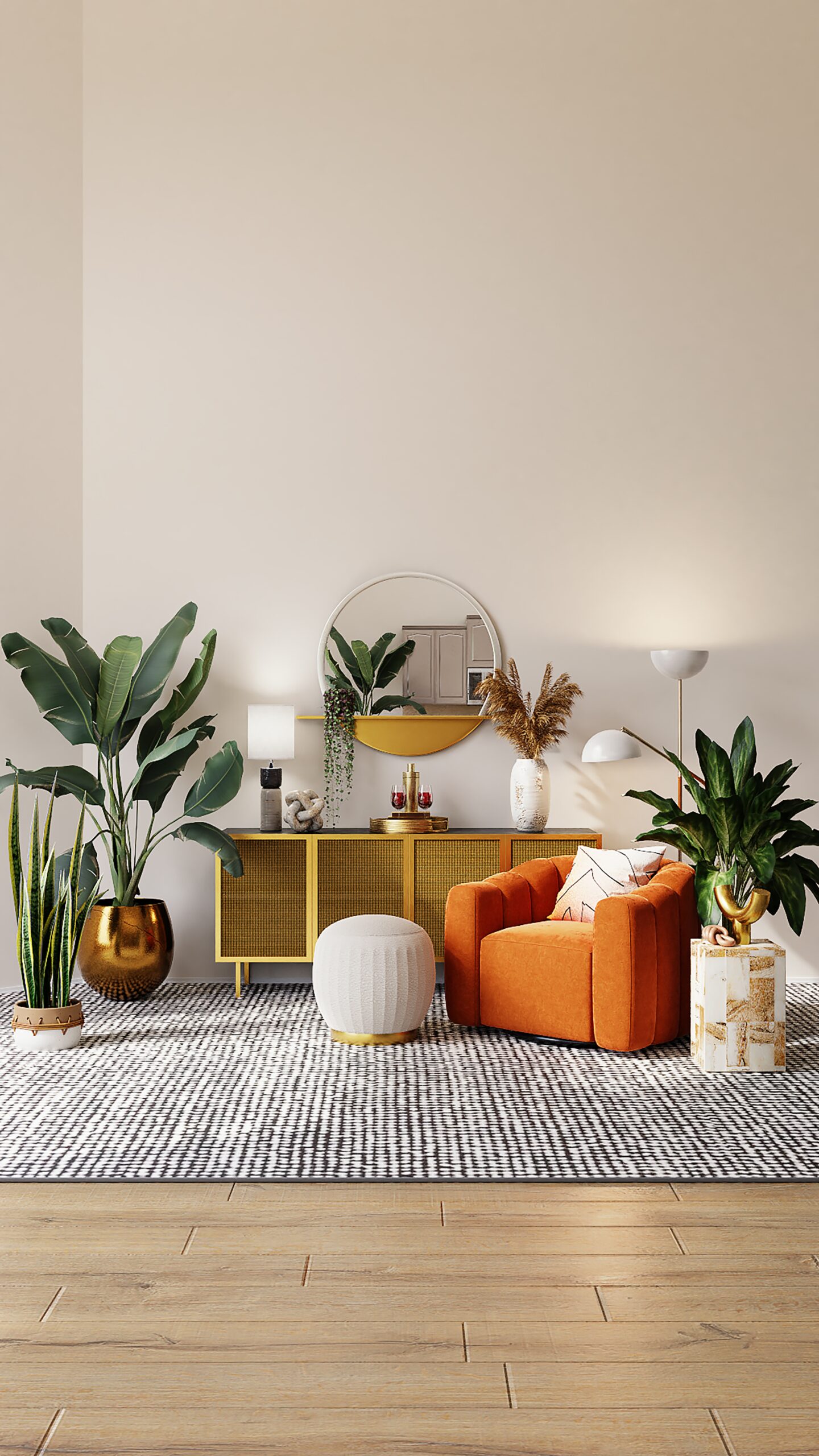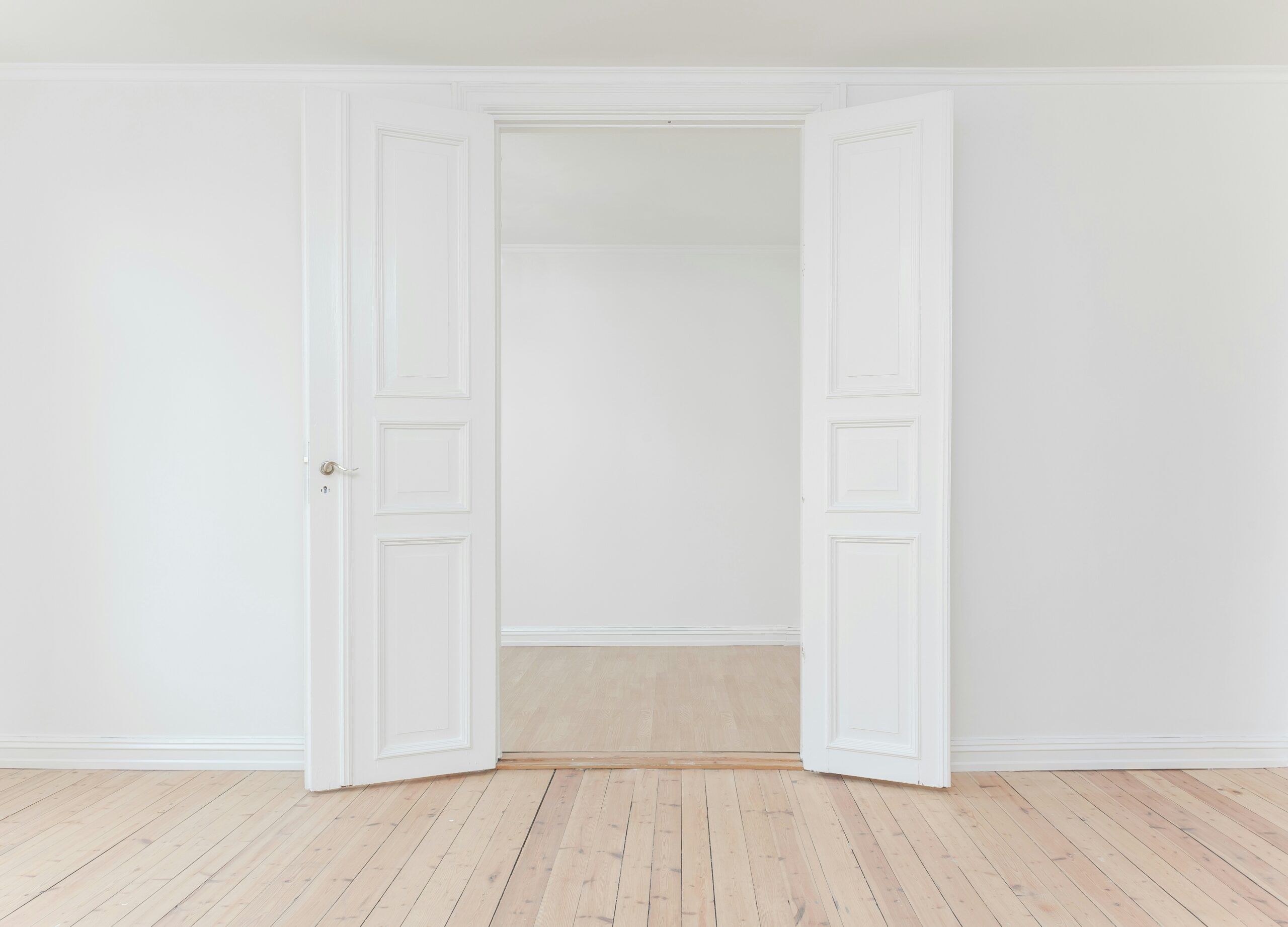Introduction
Interior design is the art and science of enhancing the interior of a space to create a visually appealing and functional environment. Whether you are decorating your home or working on a commercial project, understanding the key elements of interior design is crucial. In this article, we will explore the seven essential elements that make up the foundation of interior design.
1. Space
Space is the fundamental element of any interior design project. It refers to the physical area within which all other elements are placed. Understanding the space available and how it can be utilized is vital. Interior designers consider the size, shape, and layout of the space to determine the arrangement of furniture, accessories, and other elements.
2. Line
Lines play a significant role in interior design, as they help create visual interest and define the overall style of a space. There are three types of lines: horizontal, vertical, and dynamic. Horizontal lines create a sense of stability, while vertical lines give the illusion of height. Dynamic lines add movement and energy to a room.
3. Forms
Forms refer to the shapes of objects in a space. They can be geometric or organic. Geometric forms include squares, circles, and triangles, while organic forms are more natural and irregular. Interior designers use forms to create balance, contrast, and harmony within a room.
4. Light
Lighting is a crucial element in interior design, as it can dramatically influence the mood and ambiance of a space. Natural and artificial lighting sources are used to highlight focal points, create shadows, and set the overall atmosphere. Different types of lighting, such as task lighting, ambient lighting, and accent lighting, are used to achieve various effects.
5. Color
Color has the power to evoke emotions and set the tone of a space. It is essential to choose the right color palette for each room, considering factors such as the purpose of the space, the desired mood, and the existing furniture and accessories. Interior designers use color theory to create harmonious combinations and balance within a room.
6. Texture
Texture refers to the surface quality of materials used in interior design. It adds depth and tactile interest to a space. There are two types of texture: visual texture and tactile texture. Visual texture is the perceived texture based on appearance, while tactile texture is the actual texture felt by touch. Combining different textures can create a visually appealing and dynamic environment.
7. Pattern
Patterns are repeated decorative elements that add visual interest and create a sense of rhythm in a space. They can be found in various forms, such as wallpapers, fabrics, tiles, or artwork. Interior designers use patterns to enhance the style of a room and create focal points.
Conclusion
Understanding the seven elements of interior design is essential for creating a well-designed and visually appealing space. By considering space, line, form, light, color, texture, and pattern, interior designers can achieve balance, harmony, and functionality in their projects. Whether you are a professional designer or someone looking to enhance your own living space, incorporating these elements will help you create a space that reflects your style and meets your needs.




